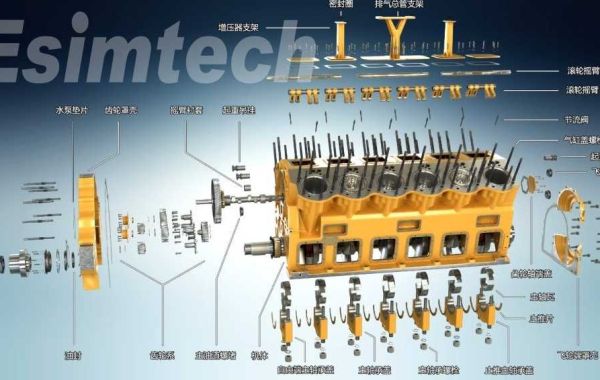By visually representing complex concepts and processes, animations can significantly improve knowledge retention and skill development.
Here are some of the most commonly used animation techniques in oil and gas training and their unique applications:
- 2D Animation
Simple and Effective: 2D animation is a versatile technique that can be used to create clear and concise explanations of complex processes.
Ideal for Explaining Concepts: It's perfect for illustrating abstract concepts like fluid dynamics, thermodynamics, and reservoir engineering.
Cost-Effective: 2D animation is relatively affordable, making it a popular choice for training materials.
- 3D Animation
Realistic and Immersive: 3D animation can create highly realistic simulations of drilling rigs, pipelines, and other equipment.
Ideal for Procedural Training: It's perfect for training workers on specific tasks, such as well control procedures or equipment maintenance.
Engaging and Interactive: 3D animations can be interactive, allowing trainees to explore virtual environments and experiment with different scenarios.
- Motion Graphics
Dynamic and Eye-Catching: Motion graphics combine animation and graphic design to create visually striking and informative videos.
Ideal for Data Visualization: It's perfect for presenting data-driven insights, such as production trends, safety statistics, and operational performance metrics.
Engaging and Memorable: Motion graphics can make complex data easier to understand and remember.
- Whiteboard Animation
Explanatory and Engaging: Whiteboard animation simulates a live drawing session, making it a great tool for explaining complex concepts in a clear and concise manner.
Ideal for Step-by-Step Explanations: It's perfect for breaking down complex processes into smaller, more digestible steps.
Casual and Approachable: The hand-drawn style of whiteboard animation creates a more personal and relatable connection with the viewer.
- Virtual Reality (VR) and Augmented Reality (AR)
Immersive Learning Experiences: VR and AR technology can create highly immersive training experiences, allowing trainees to interact with virtual equipment and environments.
Hands-On Training: Trainees can practice real-world tasks in a safe and controlled virtual environment.
Realistic Simulations: VR and AR can simulate real-world scenarios, such as well control emergencies and equipment failures.
By effectively combining these animation techniques, oil and gas companies can develop comprehensive and engaging training programs that enhance safety, efficiency, and overall performance.






